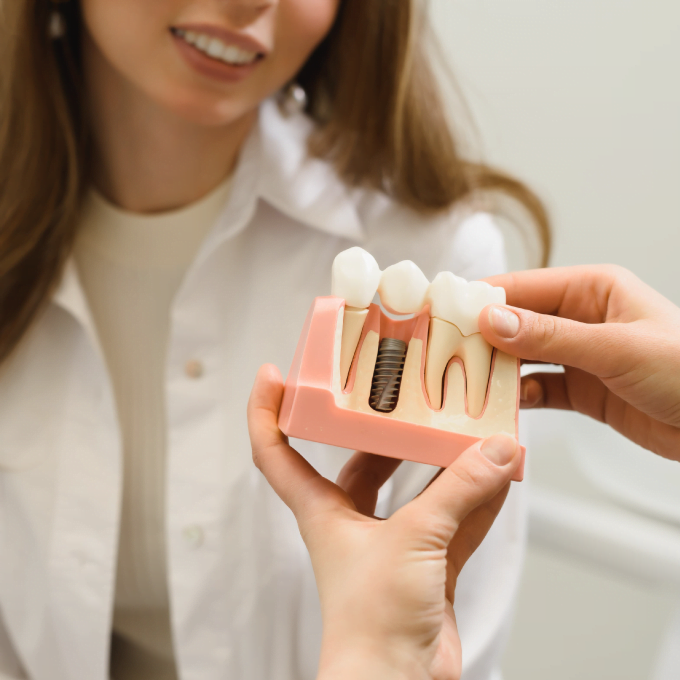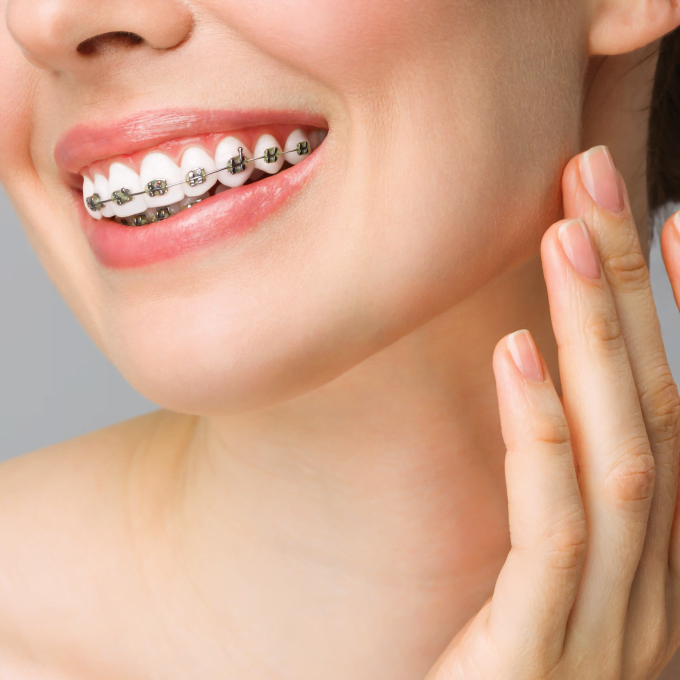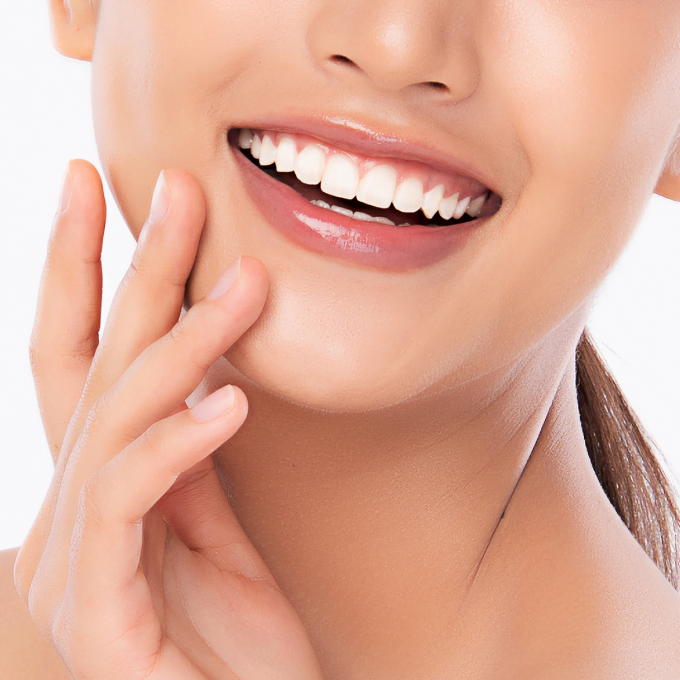Top tips for teething babies
Sleepless nights, red, flushed cheeks and heavy drooling … these are just a few of the symptoms your little one will experience when their first teeth begin to sprout.
From the age of six months you can expect your child to begin to experience teething, starting with the two bottom central teeth, followed by the two upper central teeth. While teething may occur earlier or as late as 12 months old, six to ten months is the average age.
Of course, this process is new and painful to your little one, so you can expect lots of pain and irritability for the first few months and it can be a drawn out process. In fact, the process of teething usually continues until around the age of three.
Once your baby’s first few teeth have come through, the other teeth should come through more easily and be a less painful experience for you both. At the age of one, you can expect the molars to come through.
As the largest teeth in the mouth you can expect your little one to once again experience some pain – but rest assured that after this things will get a lot easier!
Symptoms of teething
If your baby is teething you may notice some of the following symptoms:
- Red, swollen gums
- Red, flushed cheeks
- Heavy drooling
- Gum rubbing or biting
- Irritability
- Sleeplessness
- Ear rubbing on the same side as the emerging tooth
- Trouble feeding or eating
Remedies for teething
There are plenty of simple ways to ease the discomfort of teething and make the process a little easier for your baby to put up with.
Teething gels, like bonjela, are a great option for babies over four months old and can be purchased from your local pharmacy. The mild, local anaesthetic, contained in the formulation of these gels, helps to numb pain and discomfort.
Make sure you use one that is sugar-free and specifically made for babies. It’s also key that you follow the instruction on the packet as there is a limit to how often you can use teething gels daily.
Teething rings are another great option and help keep your little ones amused and distracted from the pain they’re experiencing. They’re safe to chew on and can ease that discomfort as the teeth begin to push through the gums.
Solid, silicone-based rings are better than liquid-filled products, which could leak and can’t be sterilised. Many parents also choose to give their child a dummy. Chewing on the teat can help soothe the pain and create a sense a calm. Again, it also provides a welcome distraction from the pain.
Cold water also helps with inflammation and pain. While chilled water (without ice) is best, another alternative for older babies and toddlers is cold fruit puree or plain yoghurt.
If you’d like to discuss your baby’s oral hygiene and dental routine, give us a call today on 01254 297 000.








 Dentures
Dentures
 Dental Implants
Dental Implants
 Braces
Braces
 Teeth Whitening
Teeth Whitening
 Smile Makeover
Smile Makeover